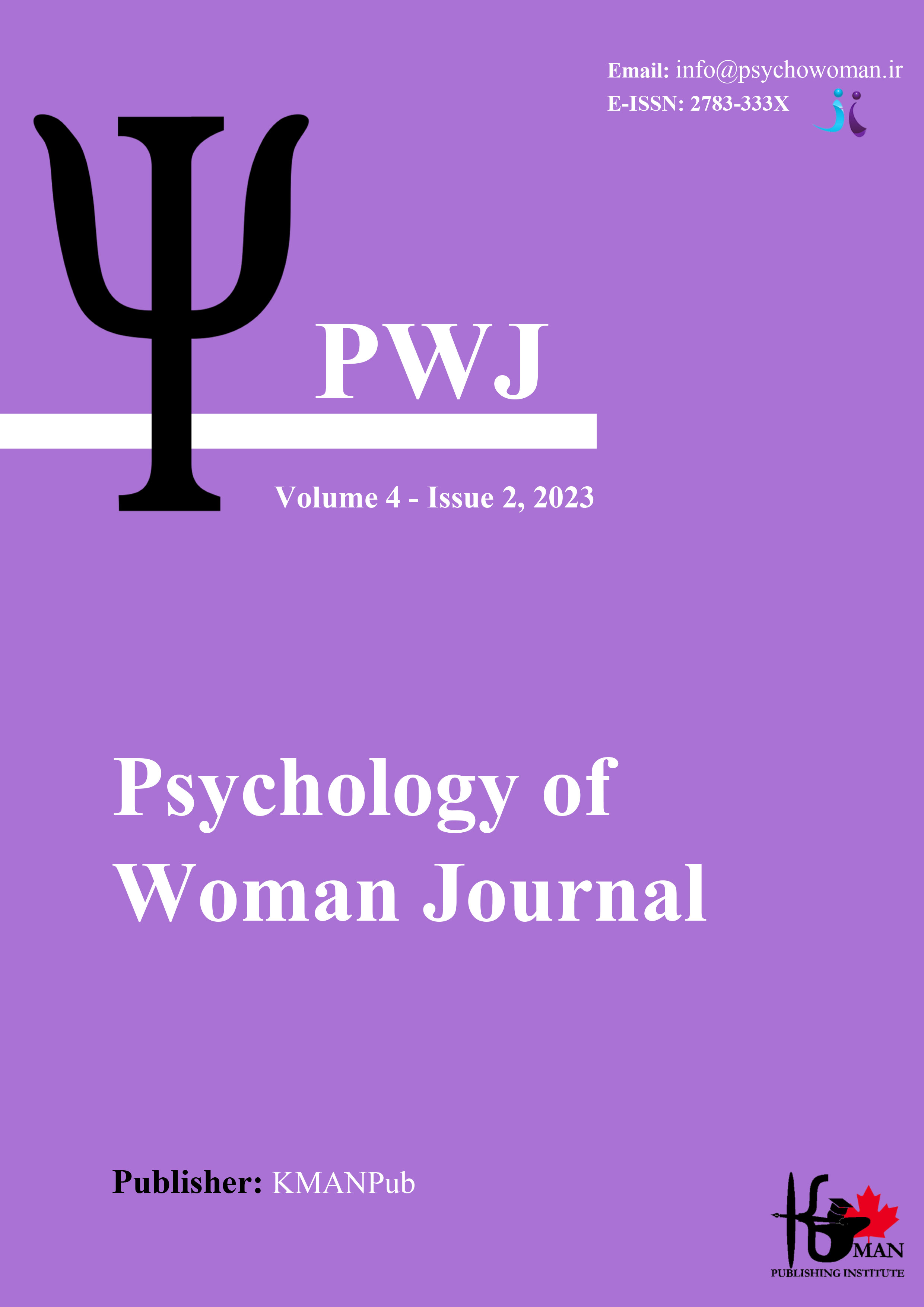Emotion Regulation in Women with PTSD and Addiction
Keywords:
emotion regulation, post-traumatic stress disorder, substance use, womenAbstract
Objective: In this study, emotion regulation between two groups of women with PTSD, one group with addiction and one without, was examined.
Methods and Materials: The sample size consisted of 179 individuals, including 56 individuals with PTSD without a history of addiction, 51 individuals with PTSD and addiction, 39 individuals with addiction, and 33 individuals from the general population. The tools used in the research were the Post-Traumatic Stress Disorder Checklist (PCL-5) and the Cognitive Emotion Regulation Questionnaire (CERQ).
Findings: The results of the multivariate analysis of variance for positive and negative emotion regulation and their subscales indicated a significant difference between the addicted and non-addicted groups.
Conclusion: The findings showed that when PTSD symptoms are checked over a longer period and the individual is not addicted, there are more problems in negative emotion regulation. Conversely, when PTSD is checked over a longer period but the individual is addicted, lower scores are obtained in positive emotion regulation.
Downloads
Downloads
Additional Files
Published
Submitted
Revised
Accepted
Issue
Section
License
Copyright (c) 2023 Zeynab Tajeryan (Author); Gholam Ali Afrooz (Corresponding Author); Robabeh Nouryghasemabadi (Author)

This work is licensed under a Creative Commons Attribution-NonCommercial 4.0 International License.










